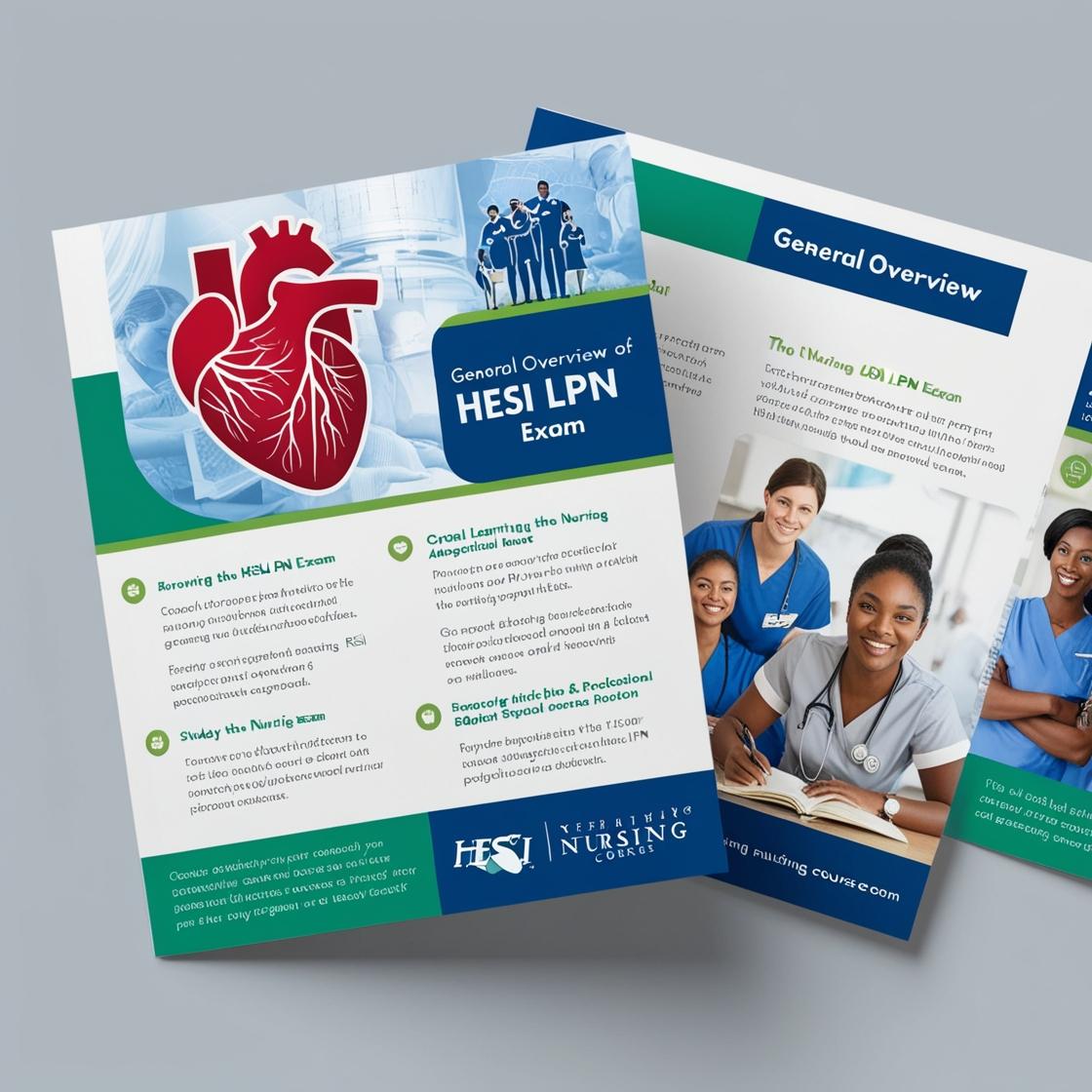HESI LPN
CAT Exam Practice Test
1. A client with eczema is experiencing severe pruritus. Which PRN prescription should the nurse administer?
- A. Topical corticosteroid
- B. Topical scabicide
- C. Topical alcohol rub
- D. Transdermal analgesic
Correct answer: A
Rationale: The correct answer is A: Topical corticosteroid. Topical corticosteroids are commonly used to manage itching in eczema by reducing inflammation and suppressing the immune response. In this case, for severe pruritus in eczema, a topical corticosteroid would be appropriate. Choice B, Topical scabicide, is used to treat scabies, not eczema. Choice C, Topical alcohol rub, is not typically used to manage pruritus in eczema. Choice D, Transdermal analgesic, is more for pain relief and not specifically targeted at managing itching associated with eczema.
2. The client who had a below-the-knee (BKA) amputation is being prepared for discharge to home. Which recommendation should the nurse provide this client?
- A. Inspect skin for redness
- B. Use a residual limb shrinker
- C. Apply alcohol to the stump after bathing
- D. Wash the stump with soap and water
Correct answer: D
Rationale: The correct recommendation for a client with a below-the-knee amputation preparing for discharge is to wash the stump with soap and water. This helps maintain cleanliness and prevent infection. Inspecting the skin for redness is important to monitor for signs of infection, but it is not a specific recommendation for a BKA amputation. Using a residual limb shrinker can aid in shaping and reducing swelling in the residual limb but is not usually done immediately after a BKA amputation. Applying alcohol to the stump after bathing is not recommended as it can lead to skin irritation and dryness.
3. An elderly client with Alzheimer's disease is being admitted to a long-term care facility. The client’s spouse expresses concern about the level of care the client will receive. What is the most appropriate response by the nurse?
- A. Reassure the spouse that the client will be well cared for and provide information about the facility’s care practices.
- B. Inform the spouse that care will be adjusted based on the client’s condition and needs.
- C. Advise the spouse to visit frequently to monitor the quality of care the client receives.
- D. Suggest that the spouse speak with other family members for reassurance.
Correct answer: A
Rationale: The most appropriate response by the nurse in this situation is to reassure the spouse that the client will be well cared for and provide information about the facility’s care practices. This response not only addresses the spouse's concerns directly but also helps in building trust and confidence in the care provided. Choice B is not ideal as it may cause unnecessary worry about the fluctuating care levels. Choice C puts the responsibility on the spouse to monitor care, which may not always be feasible or appropriate. Choice D deflects the concern to other family members instead of addressing the spouse's worries directly.
4. When assessing a client with acute asthma, the nurse is most likely to obtain which finding?
- A. Pursed lip breathing and clubbing of fingers
- B. Fever and a high-pitched inspiratory stridor
- C. A short expiratory phase and hemoptysis
- D. Cough and musical breath sounds on expiration
Correct answer: D
Rationale: When assessing a client with acute asthma, a cough and wheezing or musical breath sounds on expiration are typical findings. Pursed lip breathing and clubbing of fingers (choice A) are not common in acute asthma but could be seen in chronic respiratory conditions. Fever and high-pitched inspiratory stridor (choice B) are more indicative of croup or epiglottitis. A short expiratory phase and hemoptysis (choice C) are not typical findings in acute asthma.
5. In Duchenne muscular dystrophy, if a child has a Gower sign, what behavior should the nurse expect the child to exhibit?
- A. Stands from sitting on the floor by using hands to walk up legs
- B. Exhibits muscular atrophy of upper and lower extremities
- C. Is unable to stand because of contractures of both hips
- D. Walks with an unsteady gait and slaps feet on the floor
Correct answer: A
Rationale: The Gower sign is a characteristic finding in Duchenne muscular dystrophy where a child uses hands to walk up the legs when standing from a sitting position due to proximal muscle weakness. This behavior is indicative of the child trying to compensate for weak hip and thigh muscles. Choices B, C, and D are incorrect because they do not describe the specific behavior associated with the Gower sign. Muscular atrophy, contractures of both hips, and an unsteady gait with foot slapping are not directly related to the Gower sign.
Similar Questions

Access More Features
HESI LPN Basic
$69.99/ 30 days
- 50,000 Questions with answers
- All HESI courses Coverage
- 30 days access @ $69.99
HESI LPN Premium
$149.99/ 90 days
- 50,000 Questions with answers
- All HESI courses Coverage
- 30 days access @ $149.99
